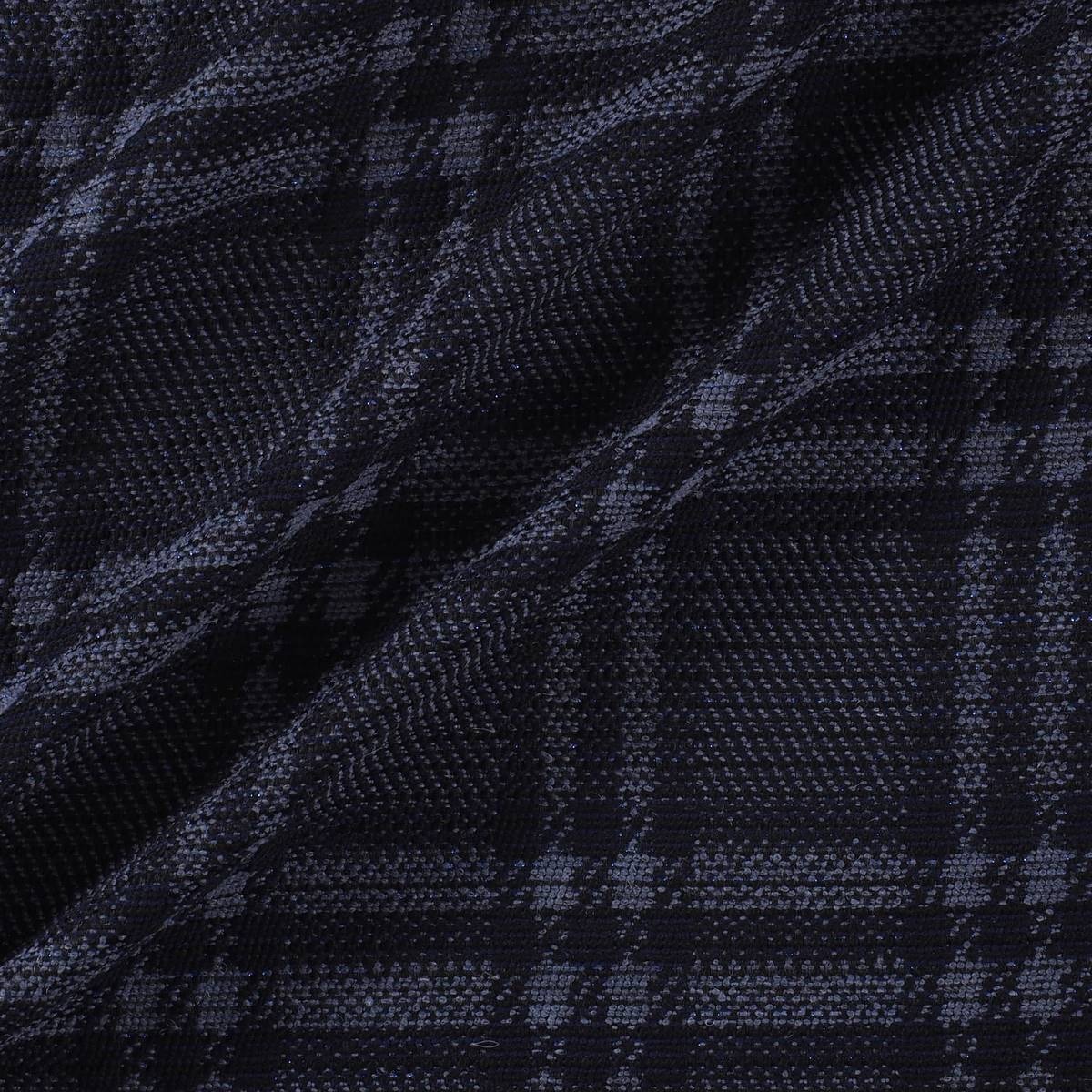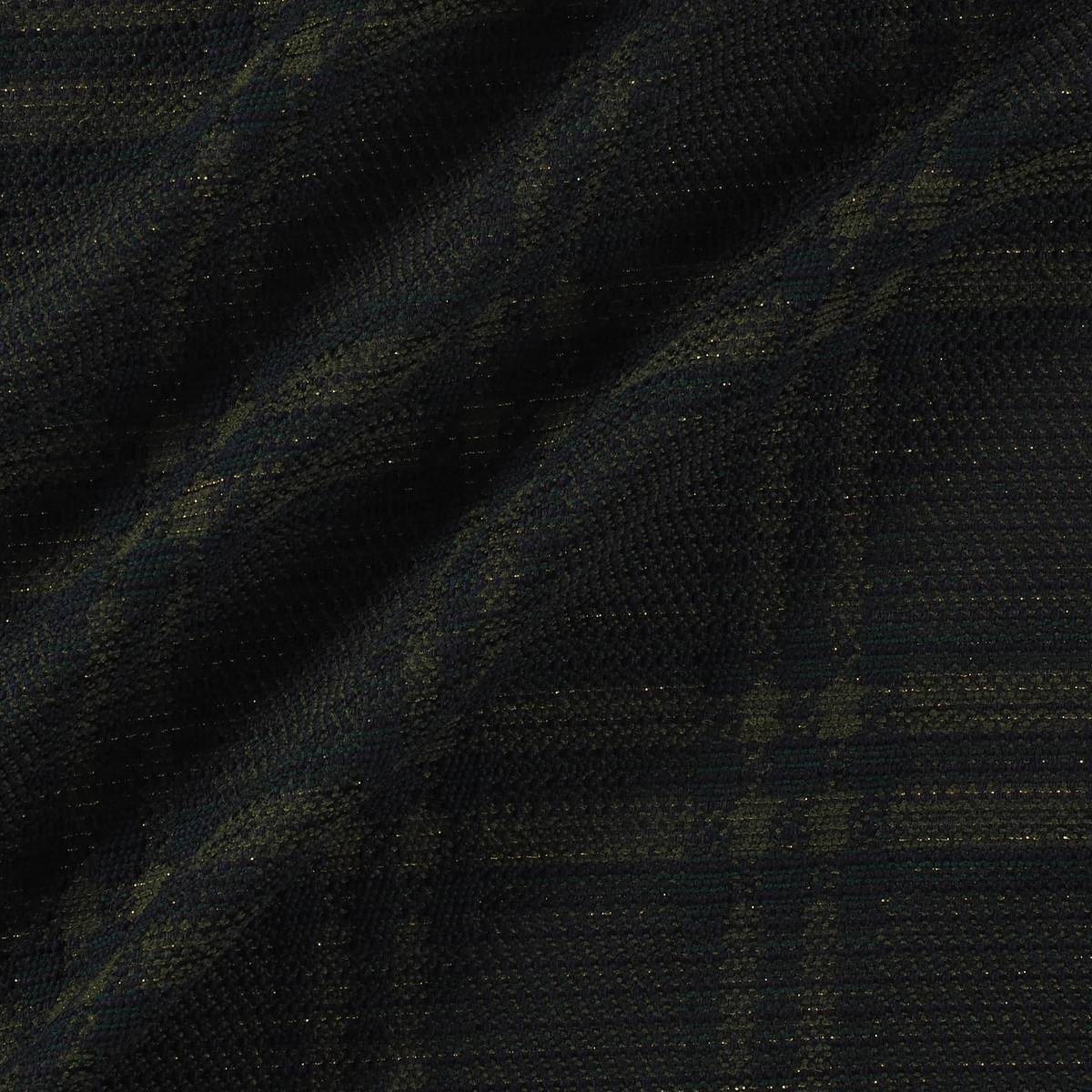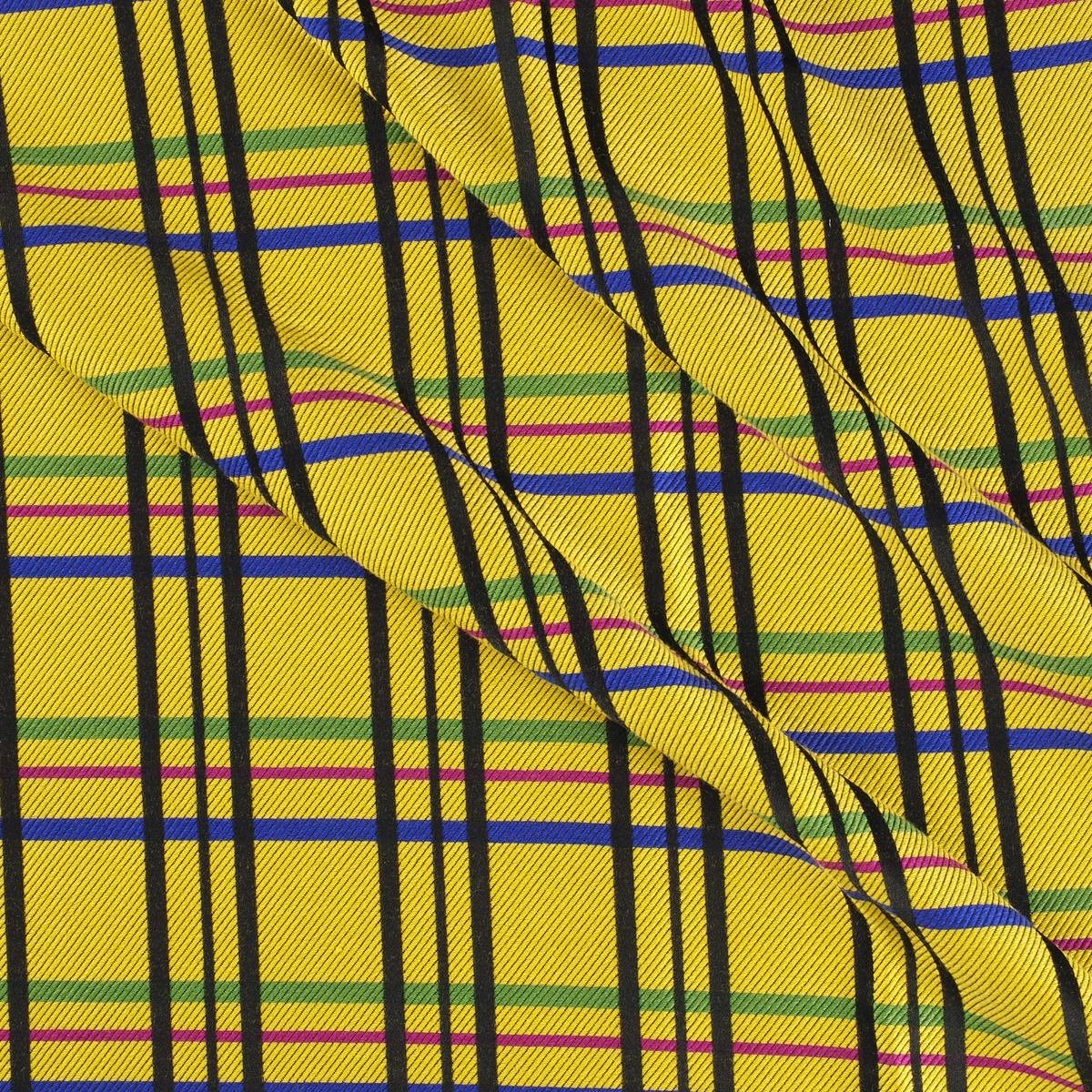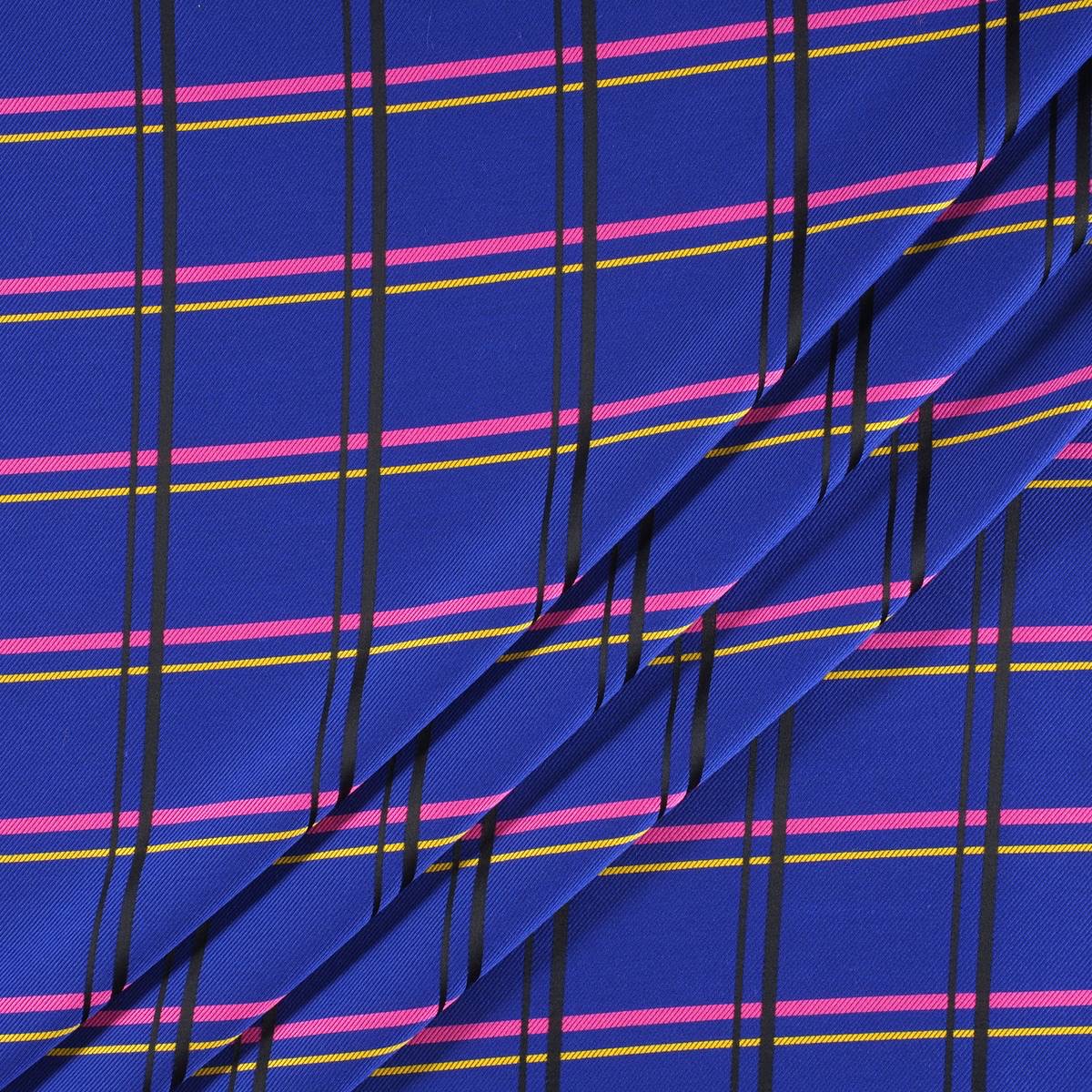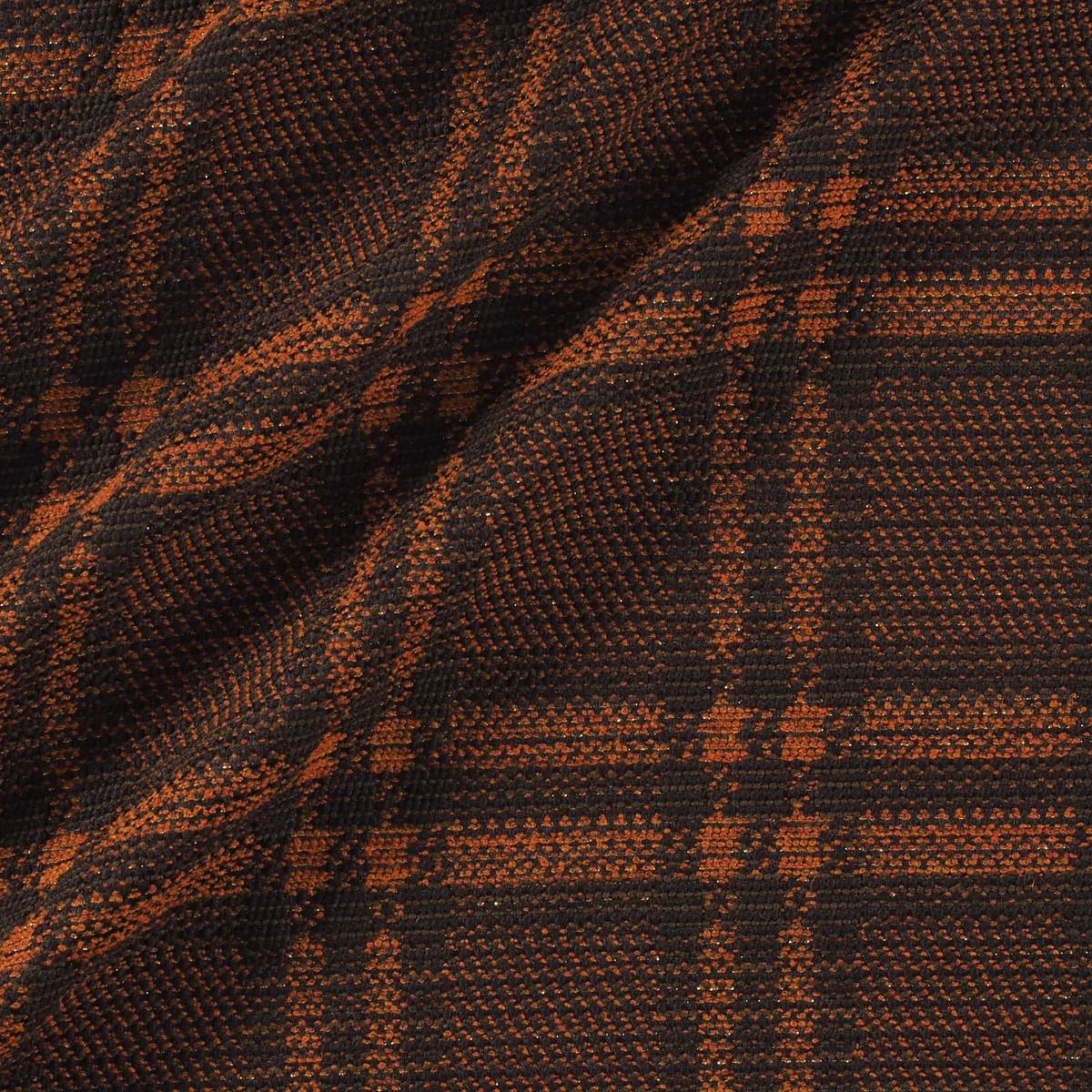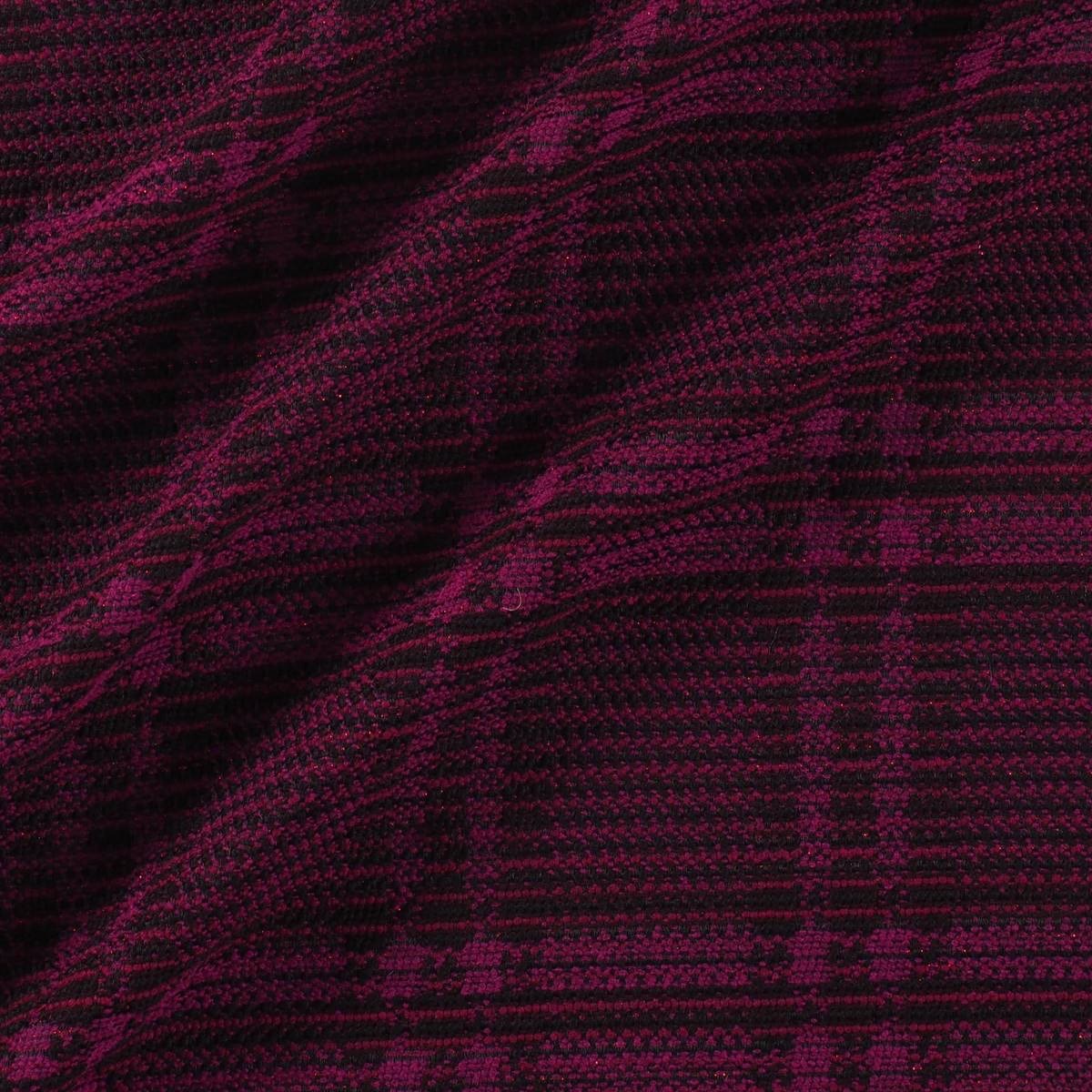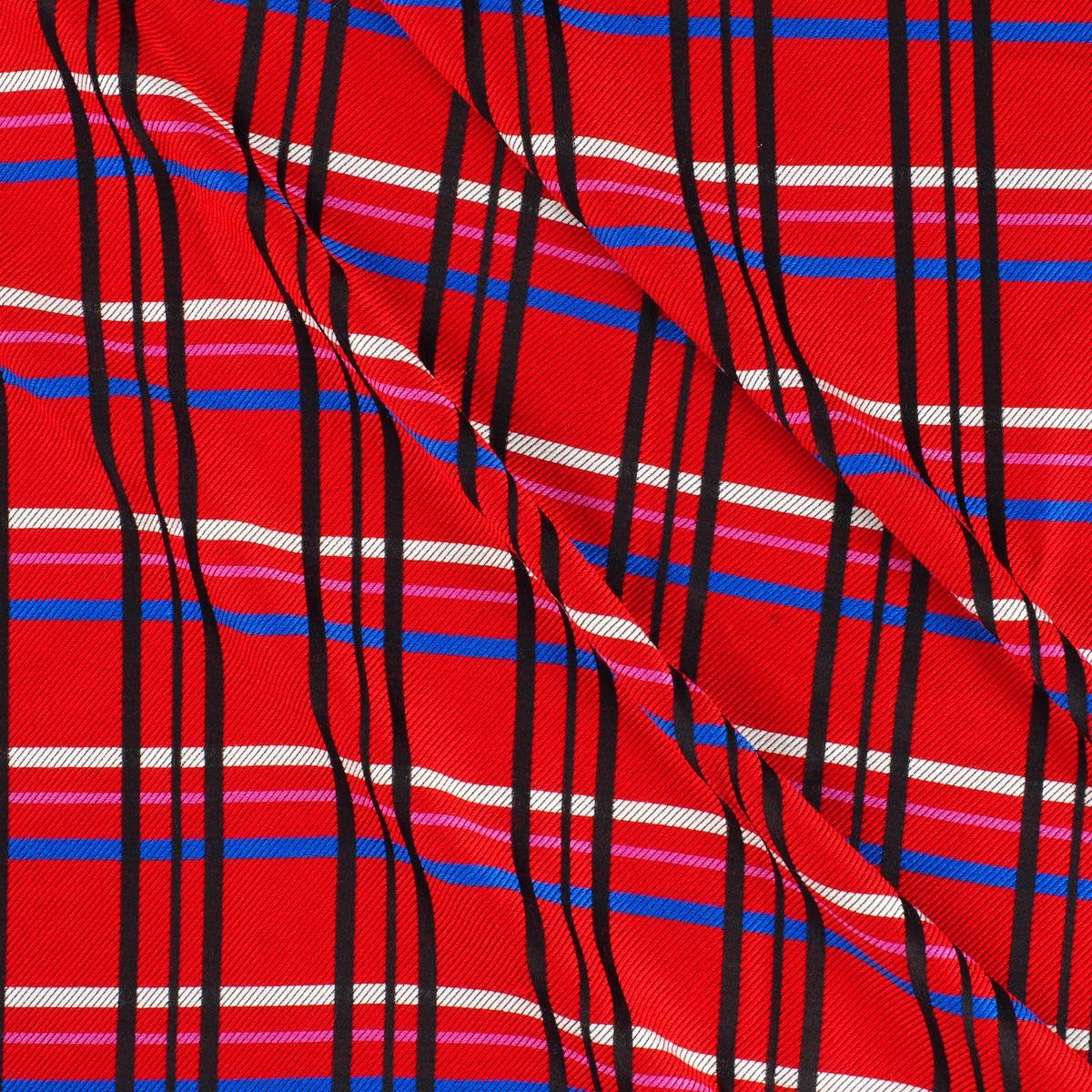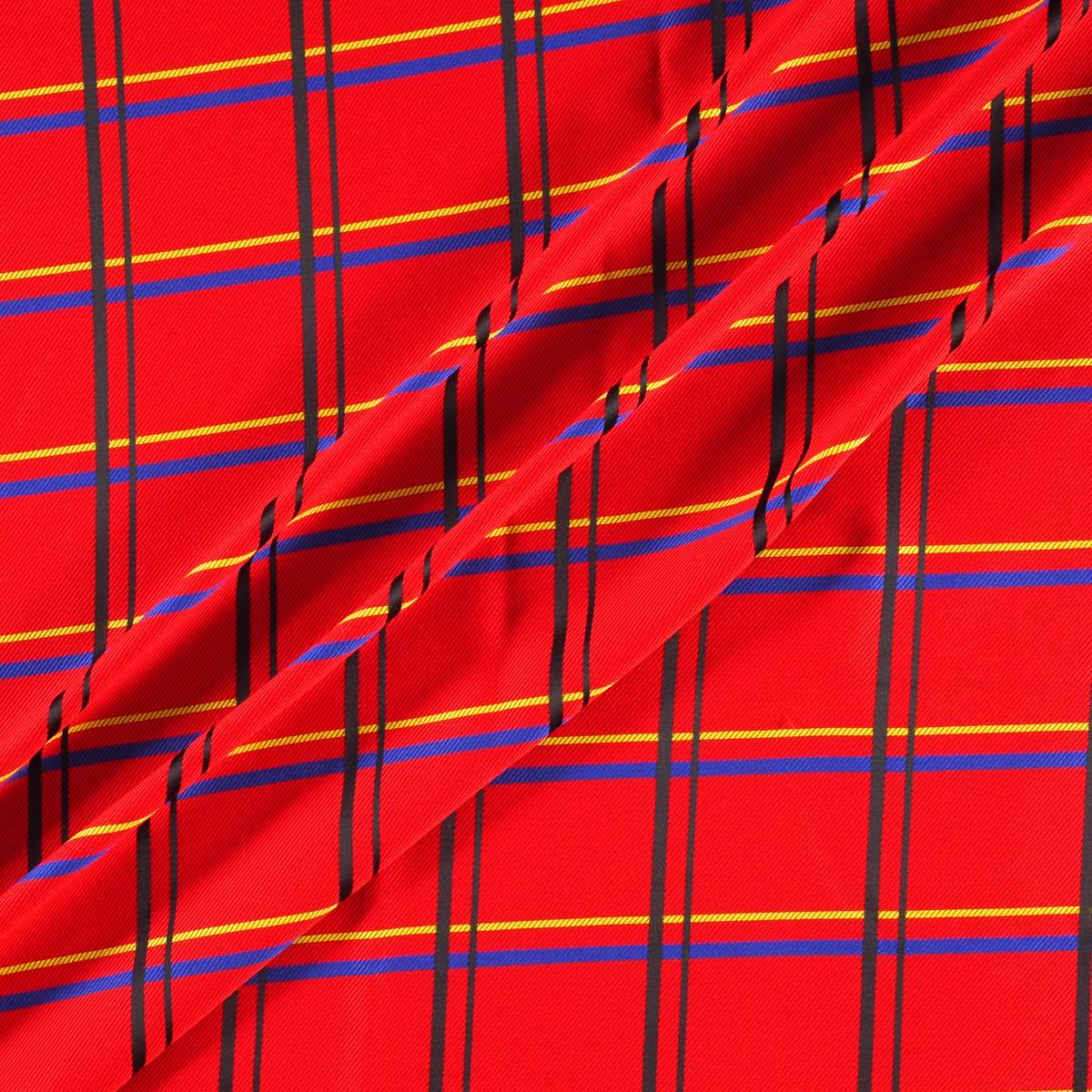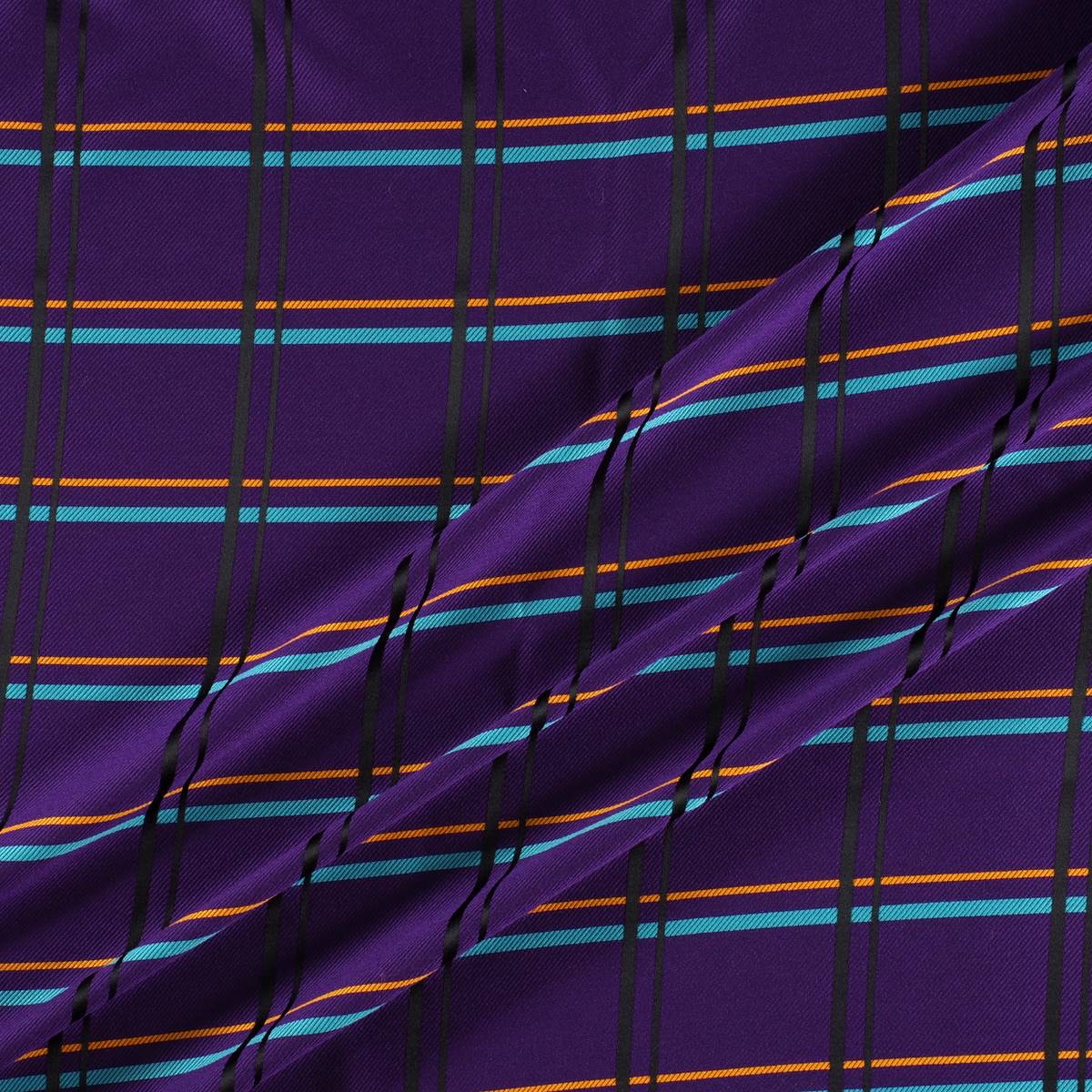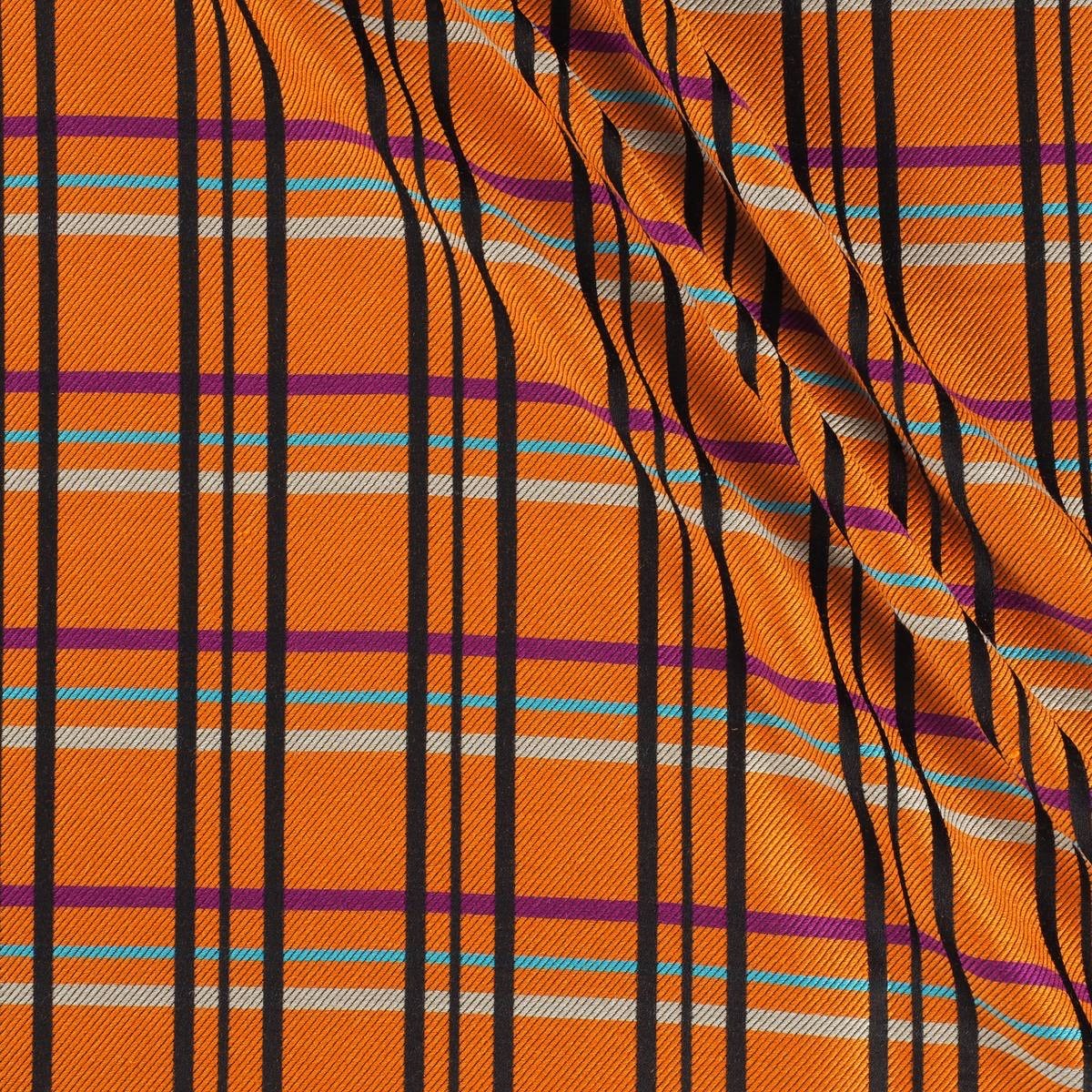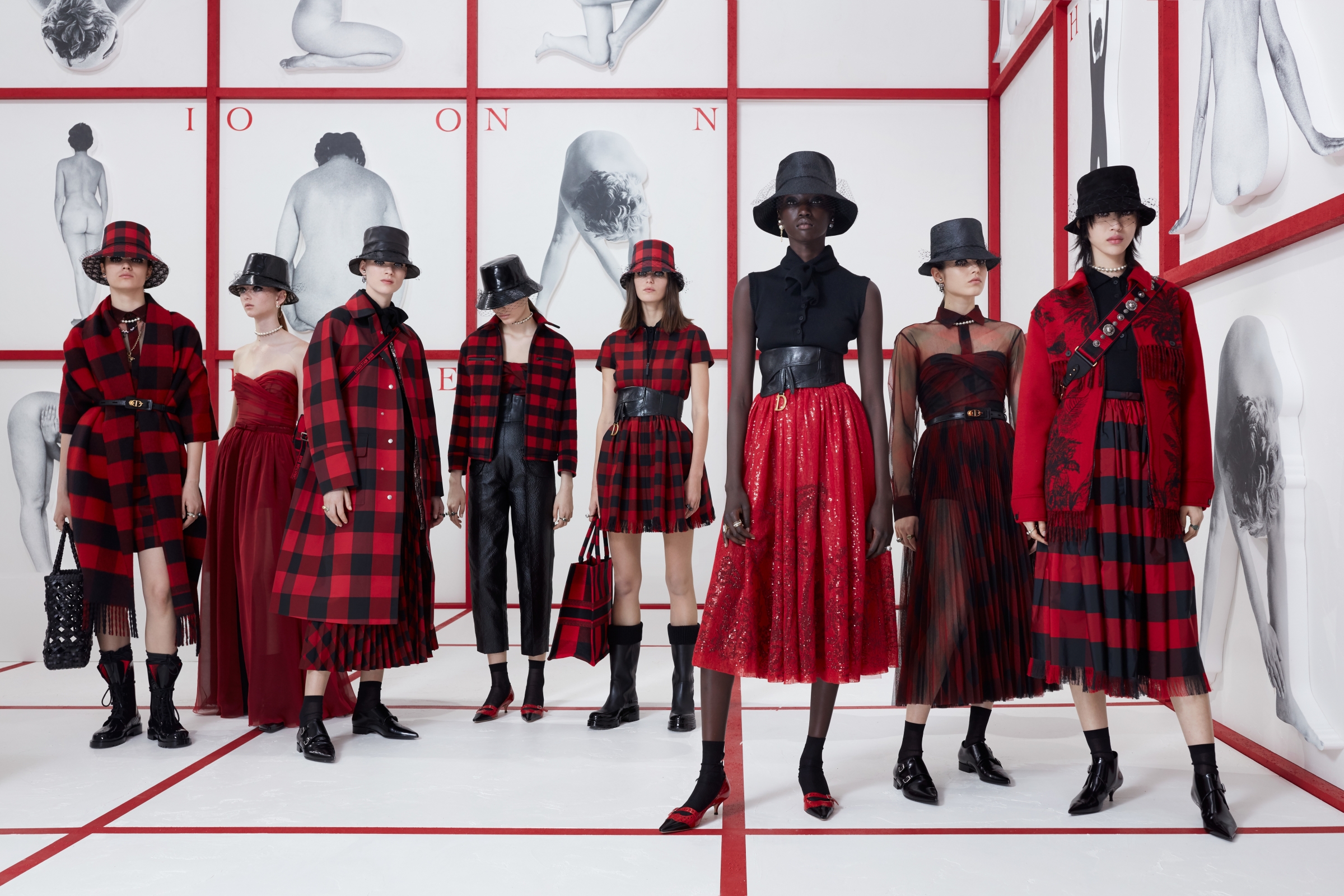
Checks have always been present in the history of contemporary fashion. Moreover, they are part of those unperturbed tendencies, oblivious to cycles, which are repeated and renewed without losing their identity.
A priori, when we talk of a check print the British style comes to mind with its classic costumes, the tartan reminiscent of the Scots or the vichy checks that refer us to the age of innocence. It is always time to opt for checks, whether in the winter or summer collections. The novelty is that today many checks break barriers and leave their comfort zone as they take over garments, accessories or complements which hitherto were less conventional.
We are going to analyze the three most common check prints on the cat-walks of the new Autumn-Winter 2019/2020 season:
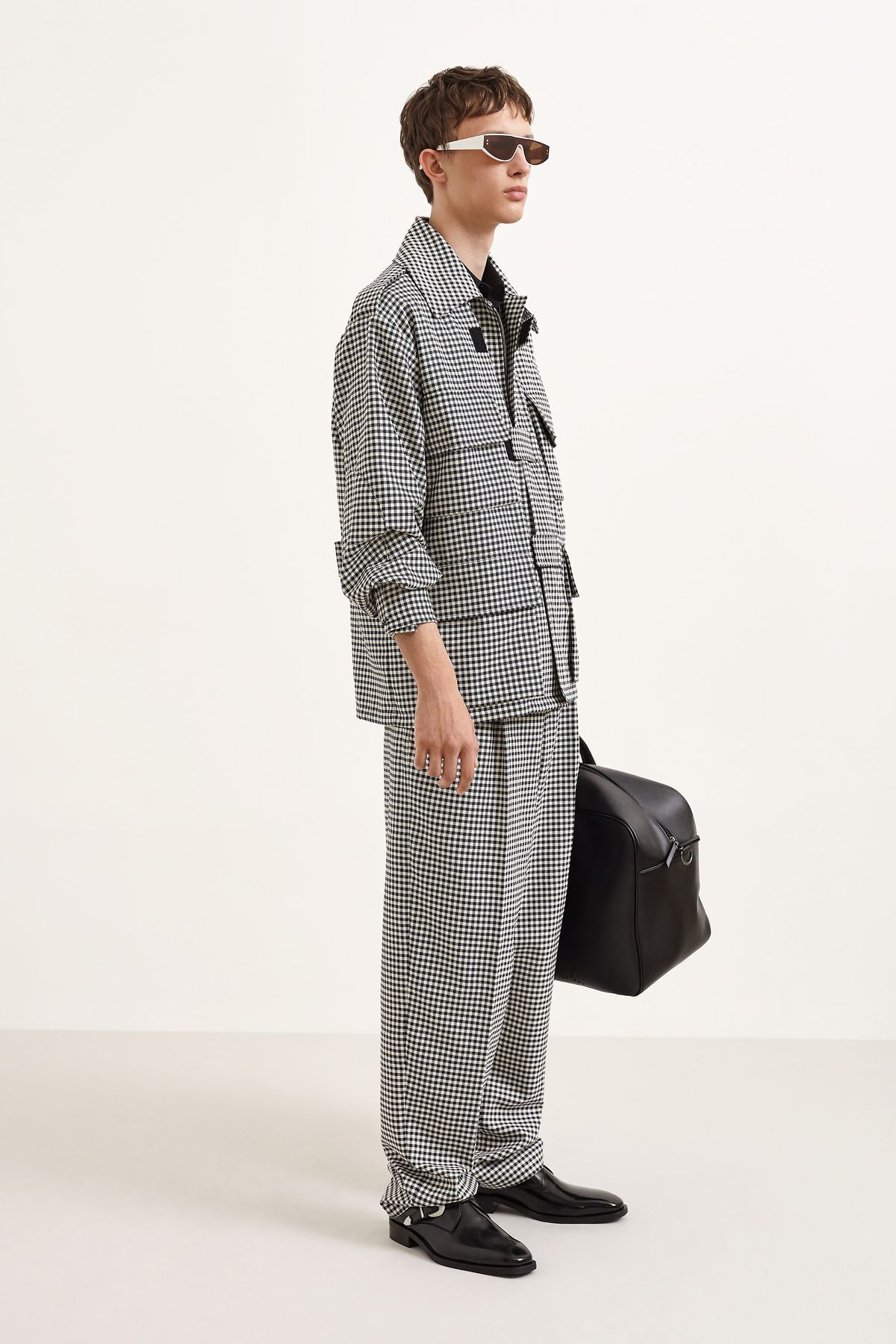 |
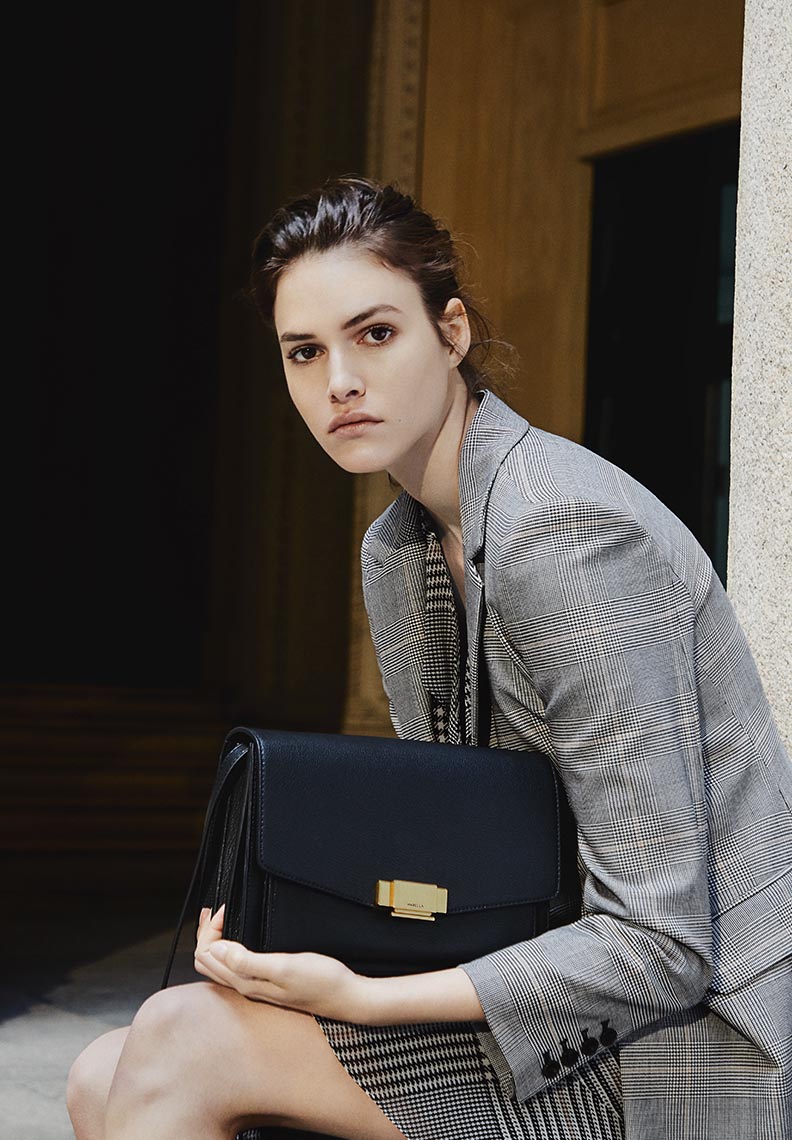 |
Prince of Wales
It is a type of two-colour fabric design in the form of complex frames, sometimes with a third colour as a profile. It alternately combines large checks with a milrayas design along with smaller squares in crow’s feet. Frequently the different grey scales (or muted colours) are used as base colours and sometimes one more colour is added to that base tone, usually blue. The origin of this print is popular as it is a fabric used by the workers, although it was the Duke of Windsor (Eduard VIII) who ended up popularizing it in the 1930s and spreading it throughout the world.
 |
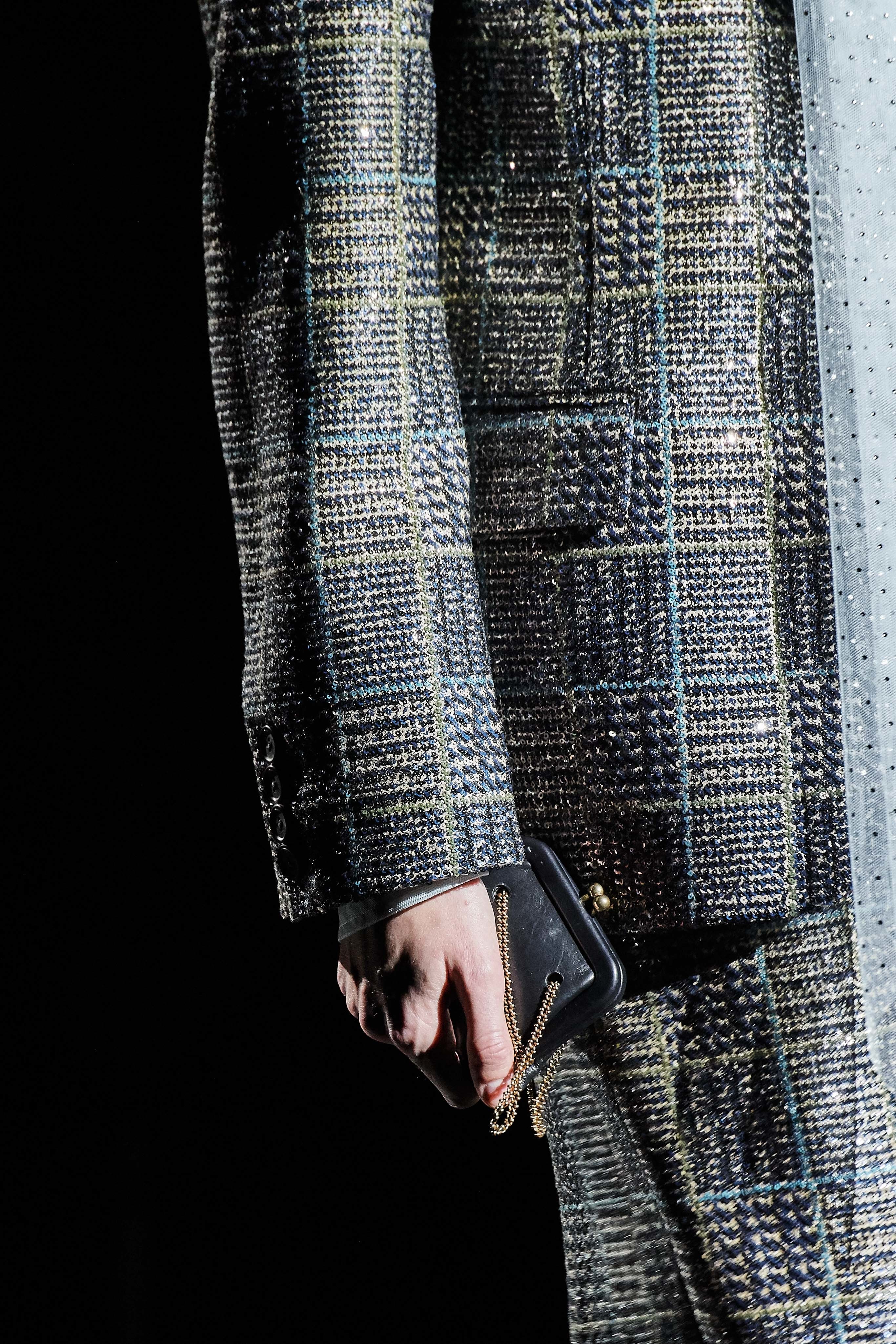 |
When playing with the black and white binomial, this type of plaid print becomes a timeless classic, perfect in any wardrobe. This season, under a preppy style seen especially on cat-walks of Marc Jacobs, Prada, Givenchy, Balenciaga, Chloé and Marni, together with many others who opt for this pattern.
 |
 |
Tartan
It is perhaps the most identifiable picture. A fabric whose pattern is formed by horizontal and vertical lines that draw pictures of different colours. Of Scottish origin, tartan is associated with the clans that used them to distinguish themselves. Each family adapted particular designs, as well as colours that identified them as members of each clan. There are named tartans like McAndrew, McQueen, Douglas … even modern designs like the Royal Stewart, created by Vivienne Westwood. In its origin the tartan was made of wool, although today it is shaped through several fabrics. At present, with the appearance of new materials the word tartan has gone from defining the fabric to the design, regardless of where it is shaped.
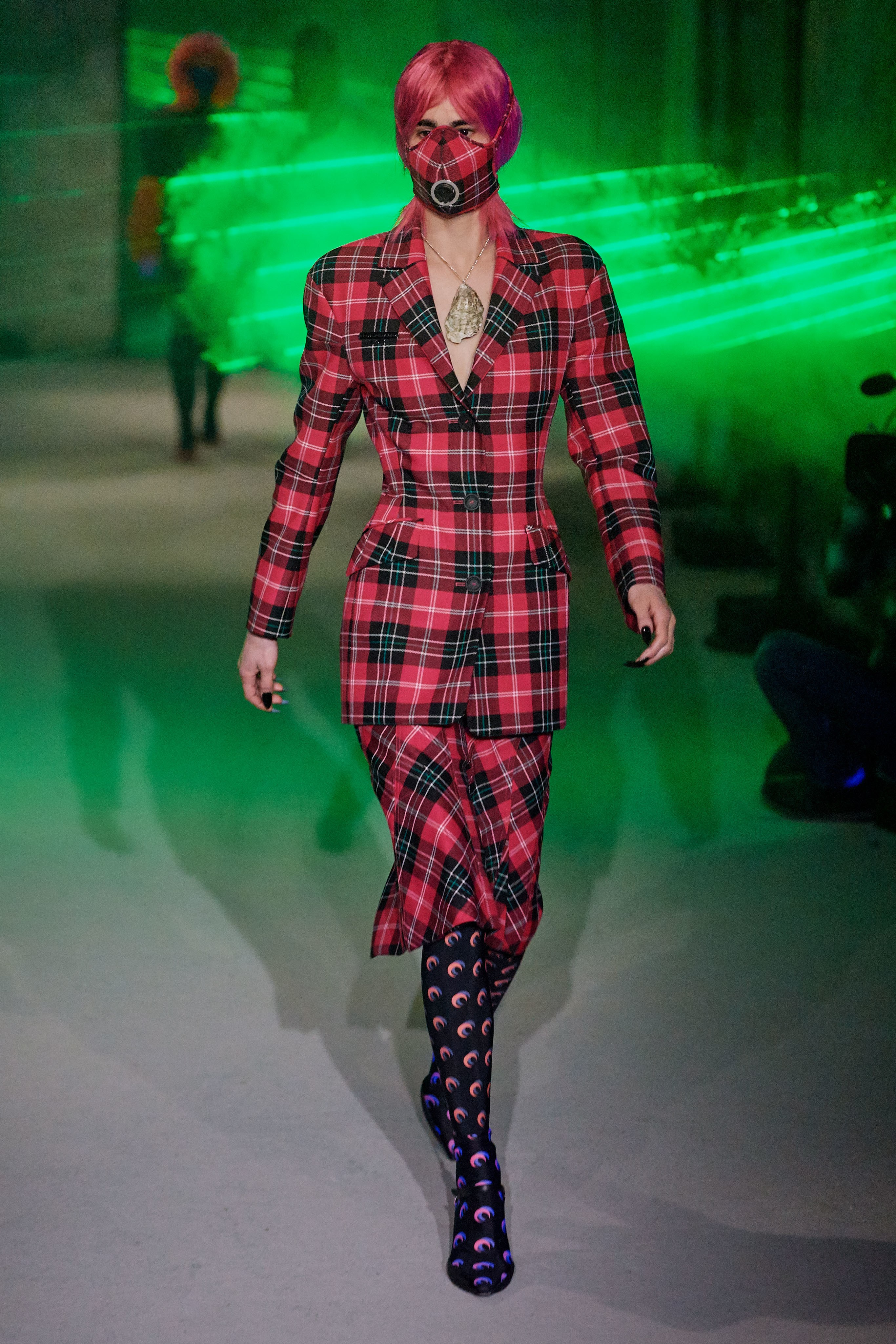 |
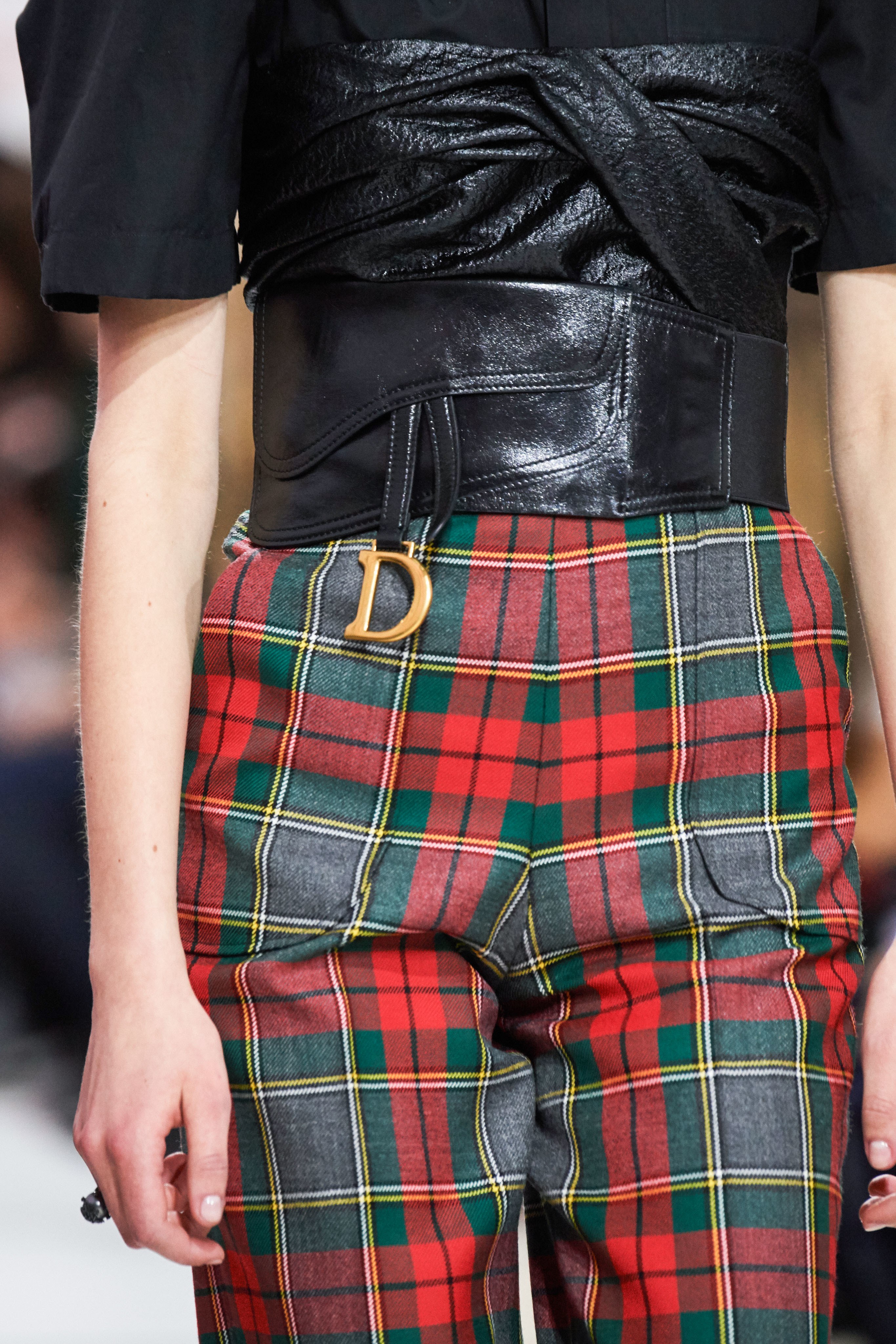 |
Tartan accepts countless colours and different combinations, the key lies in personal taste. The most common are the most classic in red or green or black and white and in XXL size. In the late twentieth century tartan was also associated with a more transgressive aesthetic and found adherents in the punk movement of the late 70s with designers such as Vivienne Westwood and grunge and its nineties counterculture. To cite some examples, at this time John Galliano and Alexander McQueen adapted it.
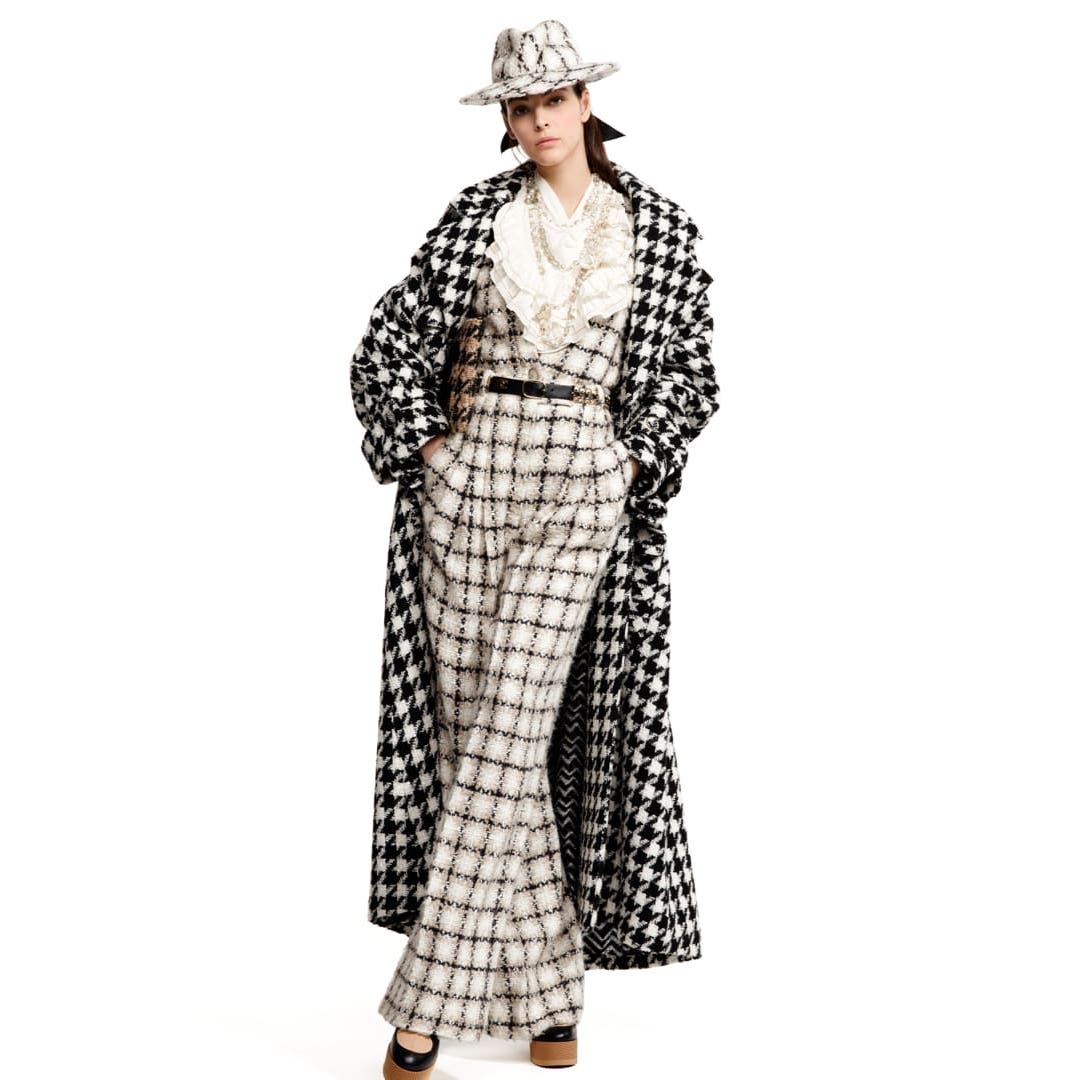
Window frame checks
We are talking about a type of simple frame that makes squares thanks to the fine lines that make it up. Thus on a dark background a light line is added that draws a broad picture. As a base the window frame can have a tartan (with finer wool) or a tweed (which gives it a more rustic look). This type of check became popular in the 30s in Britain when people began to look for more daring and informal prints that maintained that classical dandy image, but with certain licenses.
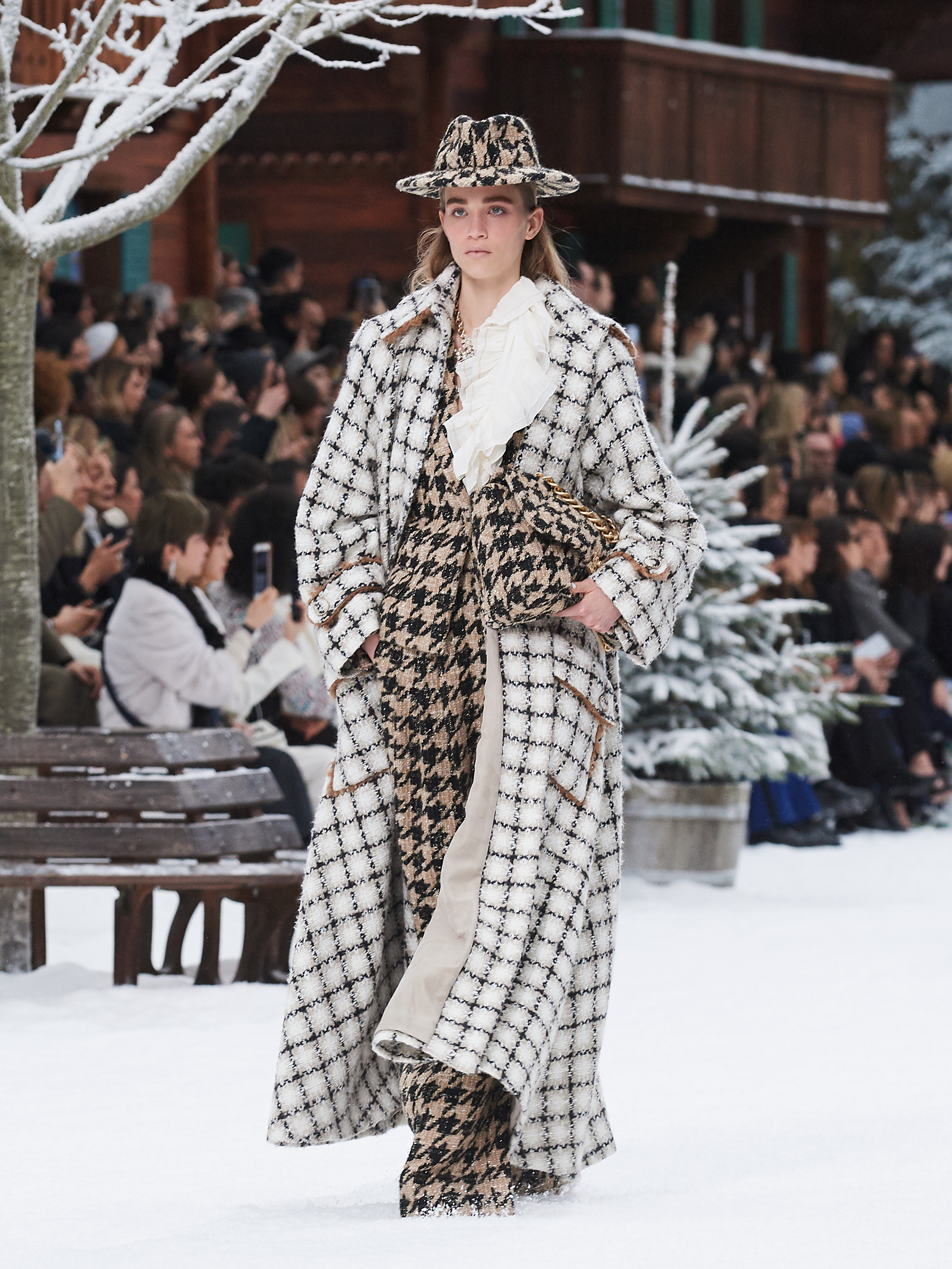 |
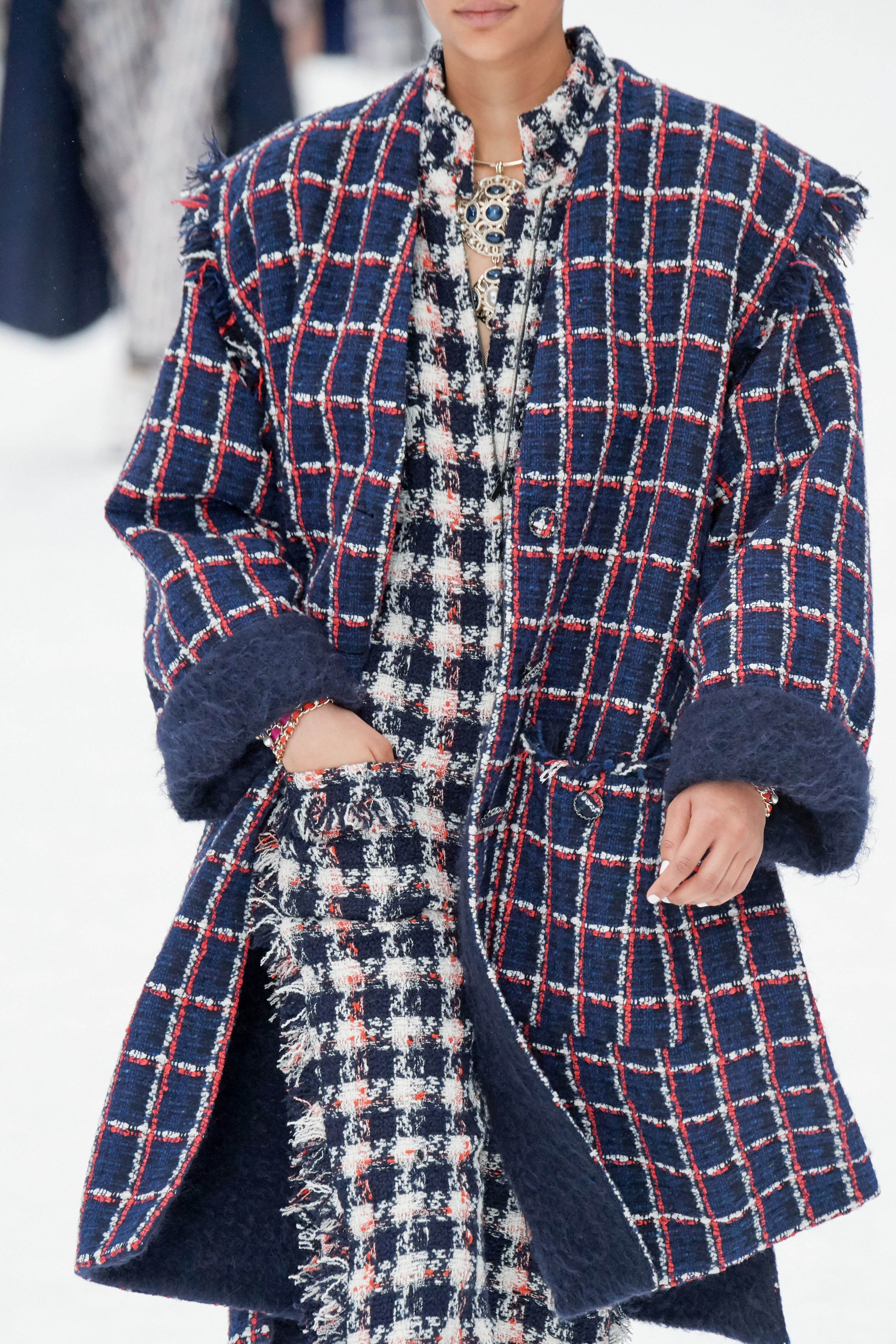 |
Today window frame checks are widespread and are used almost equally in winter and summer fashion collections. We refer you to the last collection made by Karl Lagerfeld for Chanel where you can observe these types of checks mixed with other fabrics and prints.
The current Gratacós collection also contains many plaid fabrics. Here are some references for you to get inspired.
